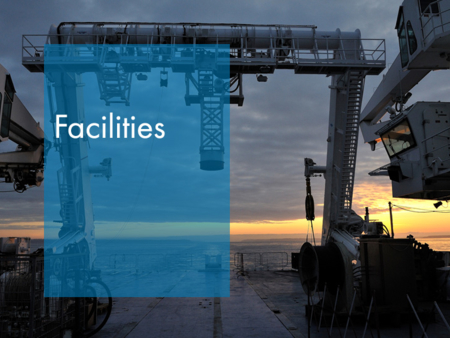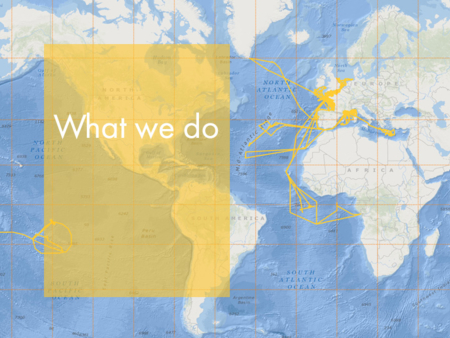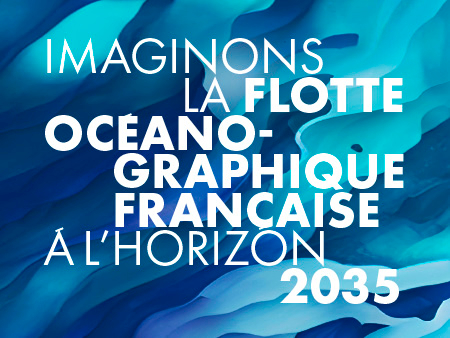Working principle of ADCPs
Acoustic Doppler current profilers or ADCPs use piezoelectric transducers to transmit and receive acoustic signals, as well as an electronic/software component for the generation and acquisition of signals. The acoustic signal transmitted by the sensor at a given frequency propagates through the water and is back-scattered by particles and plankton (krill, copepods, pteropods, etc.) present in the water. The backscatter is received by the sensor and processed.
Data analysis is founded on the following hypothesis: particles which cause the acoustic signals to backscatter do not have any speed of their own, but move instead with the mass of water in which they are suspended. By determining the speed of these particles, scientists can, therefore, measure the speed of the marine currents.
The travelling time between any given transmission to its reception enables the scientist to determine the distance from the transducer. The shift in the frequency of the echoes received compared to the signals transmitted is proportional to the relative speed of the particles compared to the ship (Doppler effect). In order to reconstitute the 3D components of this speed, at least three beams are required. ADCPs generally comprise four beams positioned at 30° from the vertical (see figure below), two in the bow of the ship (one starboard, the other port) and two in the stern (one starboard, the other port).
Next, the speed, rolling, pitching and heading of the ship must be determined (GPS position and attitude control unit) in order to estimate the speed of the marine currents within a georeferenced zone.




